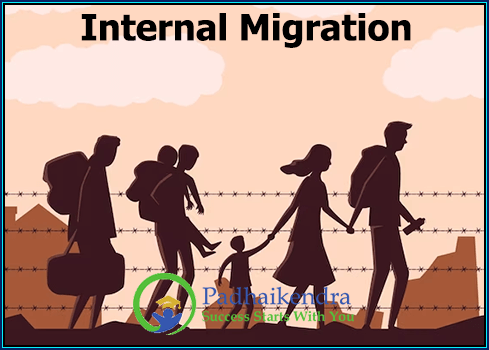Internal migration refers to the movement of people within a country from one region to another. India has a long history of internal migration, with millions of people moving from rural to urban areas in search of better economic opportunities and a higher standard of living.
Internal migration in India is driven by a variety of factors, including rural poverty, lack of employment opportunities, natural disasters, and political instability. The vast majority of internal migrants in India move from rural to urban areas, particularly to large cities such as Delhi, Mumbai, Bangalore, and Chennai. These cities offer opportunities for employment in a wide range of sectors, including manufacturing, services, and technology.
Internal migration in India can have both positive and negative impacts. On the positive side, internal migration can help to alleviate poverty and reduce income inequality, particularly for those from disadvantaged backgrounds. It can also help to drive economic growth and promote social development.
However, internal migration can also pose challenges, particularly in terms of providing adequate housing, infrastructure, and social services for migrants. Many migrants in India live in informal settlements or slums, which are often overcrowded and lack basic amenities such as clean water, sanitation, and healthcare. Migrants in India also face discrimination and social exclusion, particularly in terms of access to education and employment opportunities.
To address these challenges, the Indian government and civil society organizations have implemented a range of policies and initiatives aimed at promoting inclusive growth and social development, particularly in urban areas. These include investments in affordable housing, infrastructure, and social services, as well as programs to promote education and training for migrants.





